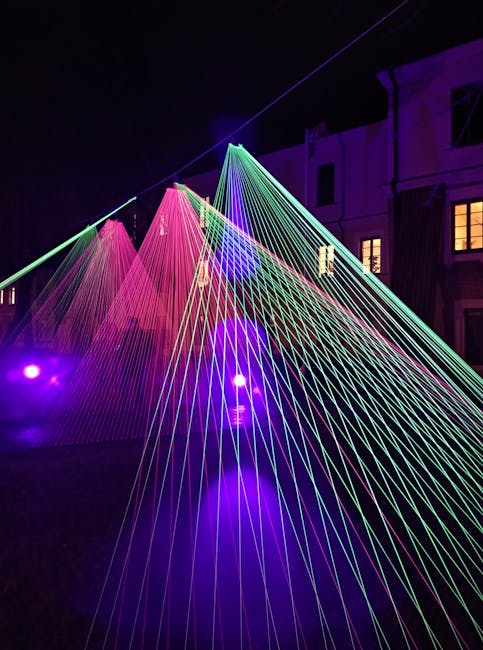 Laser Marking Nylon: Everything You Need to Know
Laser Marking Nylon: Everything You Need to Know
When it comes to marking nylon materials, laser marking has become a popular choice due to its precision and durability. Whether you are looking to add logos, barcodes, serial numbers, or other identifiers to nylon parts, laser marking offers a permanent and high-quality solution. In this article, we will delve into the details of laser marking on nylon, covering its benefits, applications, and best practices.
Benefits of Laser Marking on Nylon
Laser marking on nylon offers several benefits that make it a preferred marking method for many industries. Here are some of the key advantages:
1. Permanent Markings: Laser marking creates permanent markings on nylon surfaces that are highly resistant to wear, chemicals, and UV exposure. This ensures that the markings remain legible and durable throughout the product’s lifecycle.
2. High Precision: Laser marking enables precise and detailed markings on nylon parts, allowing for small text, intricate designs, and complex patterns to be marked with accuracy. This level of precision is essential for applications that require clear and consistent markings.
3. Versatility: Laser marking can be used on various types of nylon materials, including nylon 6, nylon 66, and glass-filled nylon. It can also mark different colors of nylon, providing flexibility for marking a wide range of products.
4. Non-contact Process: Laser marking is a non-contact process that does not require direct contact with the material surface. This eliminates the risk of damage to the nylon parts and ensures a clean and consistent marking result.
Applications of Laser Marking on Nylon
Laser marking on nylon is widely used in various industries for product identification, branding, and traceability. Some common applications of laser marking on nylon include:
1. Automotive Parts: Laser marking is commonly used to mark serial numbers, batch codes, and logos on nylon components in the automotive industry. These markings help to track and trace the parts throughout the supply chain.
2. Electronics: Laser marking is used to mark identification codes, model numbers, and other information on nylon enclosures, connectors, and other electronic components. The markings provide essential information for assembly, maintenance, and warranty purposes.
3. Medical Devices: Laser marking is utilized in the medical device industry to mark surgical instruments, implantable devices, and other nylon components. The permanent and hygienic markings enable easy identification and tracking of medical devices.
4. Consumer Goods: Laser marking is used to add branding, product information, and decorative designs on nylon consumer goods such as bags, luggage, and apparel. The high-quality markings enhance the product’s aesthetics and value.
Best Practices for Laser Marking on Nylon
To achieve optimal results when laser marking on nylon, it is important to follow best practices that ensure quality and efficiency. Here are some key considerations to keep in mind:
1. Material Preparation: Ensure that the nylon surface is clean and free of any contaminants such as dust, grease, or residue. This will help to achieve a consistent and high-quality marking result.
2. Laser Settings: Adjust the laser settings, such as power, speed, and frequency, to suit the specific type of nylon material being marked. Test different settings to find the optimal parameters for the desired marking effect.
3. Marking Depth: Adjust the laser intensity to control the marking depth on the nylon surface. Avoid marking too deep, as this can weaken the material, or too shallow, as this may result in a less visible marking.
4. Quality Control: Regularly inspect the quality of the laser markings to ensure they meet the desired standards. Check for readability, contrast, and consistency of the markings to maintain a high level of quality.
In conclusion, laser marking on nylon offers a permanent, precise, and versatile marking solution for a wide range of industries and applications. By following best practices and considering important factors such as material preparation, laser settings, marking depth, and quality control, you can achieve excellent results when laser marking on nylon. Whether you are marking automotive parts, electronics, medical devices, or consumer goods, laser marking on nylon is a reliable and efficient marking method that delivers durable and high-quality markings.